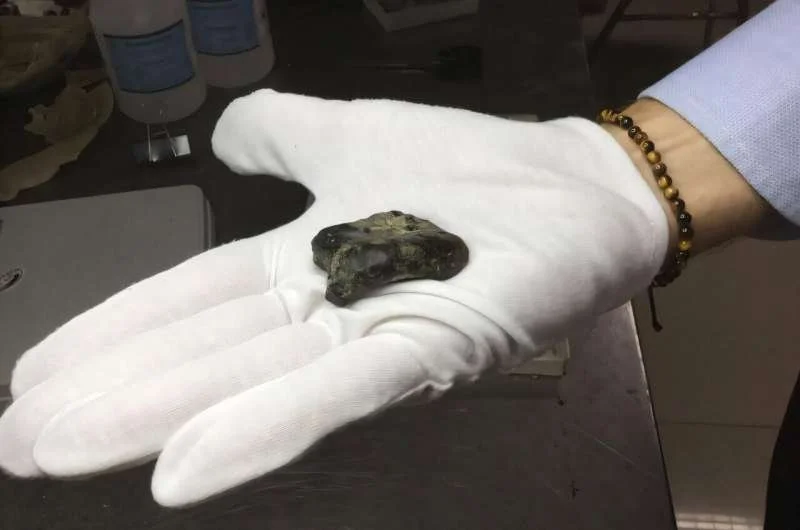A recent study titled "From North Asia to South America: Tracing the longest human dispersal," published in Science, offers a comprehensive genetic investigation into one of the most remarkable migrations in human prehistory—the peopling of America. This research sheds new light on how early humans traveled from northeastern Asia, particularly Siberia, all the way to the southernmost parts of the American continent. The study's primary focus was to reconstruct the routes, timing, and genetic background of the populations that undertook this epic journey.
The research team used ancient DNA extracted from over 100 individuals whose remains span a vast timeline and geography—from Siberia and Beringia to various parts of the Americas. These individuals lived at different moments over the past 25,000 years, some dating back more than 10,000 years. Through high-resolution genetic sequencing and comparative analysis, the scientists were able to identify genetic lineages and trace their dispersal through time and space. They integrated this genetic data with radiocarbon dating, archaeological findings, and computational modeling to build a robust framework for understanding how these early populations migrated and interacted.
The study concluded that human migration into the Americas occurred in multiple waves, not as a single, straightforward event. The earliest wave originated from northern Asia, crossing through the Beringian land bridge during the Last Glacial Maximum. Once these populations entered the American continent, they moved southward with surprising speed, likely utilizing both coastal and inland routes. South America, despite its distance from the Bering Strait, was settled relatively quickly—within just a few thousand years after the initial entry into North America.
Importantly, the researchers found clear evidence of population structure and genetic diversity, suggesting that these migrants did not move in isolation. There were complex interactions among different groups, including admixture events and regional adaptations. The study also shows that remnants of these ancient lineages are still present in today’s Indigenous populations, especially in South America, preserving the genetic legacy of these early settlers.
This groundbreaking research demonstrates the power of ancient DNA in illuminating the hidden chapters of human history. It reframes the story of the Americas not as one of simple colonization, but as a dynamic and multifaceted process of human movement, adaptation, and survival across some of the most challenging terrains on Earth. By mapping the genetic echoes of these long journeys, the study contributes significantly to our understanding of how the Americas came to be populated and how early humans spread across the globe.









